Unlocking the Magic: Humble Tips for Mastering the Art of Tarot Reading
Tarot card reading, an ancient and mystic practice, holds the potential for self-discovery and navigating life's complexities. We have put together a comprehensive guide to help you delve into the world of tarot, offering insights into card meanings, reading techniques, and recommendations to expand your knowledge and confidence to decode the secrets of the tarot.
The Basics
A standard tarot deck comprises 78 cards divided into two main categories: the Major Arcana and the Minor Arcana.
Major Arcana Cards
These 22 cards symbolise significant life events and themes. Representing major changes and turning points, they explore the self's aspects, universal archetypes, and human experience. For instance:
- The Fool signifies new beginnings and innocence.
- The Magician embodies action and creativity.
- The High Priestess embodies intuition and the unconscious mind.
- The Empress represents femininity and nurturing.
- The Emperor signifies masculinity and authority.
- The Lovers symbolise love and choice.
- The Chariot denotes willpower and determination.
- Strength embodies courage and inner strength.
- The Hermit symbolises introspection and wisdom.
- The Wheel of Fortune represents change and life's cycles.
- Justice embodies balance and fairness.
- The Hanged Man signifies sacrifice and a different perspective.
- Death symbolises transformation and letting go.
- Temperance represents balance and patience.
- The Devil denotes materialism and temptation.
- The Tower signifies sudden change and upheaval.
- The Star embodies hope and inspiration.
- The Moon represents emotions and intuition.
- The Sun symbolises vitality and success
- Judgement embodies rebirth and consequences.
- The World signifies completion and integration.
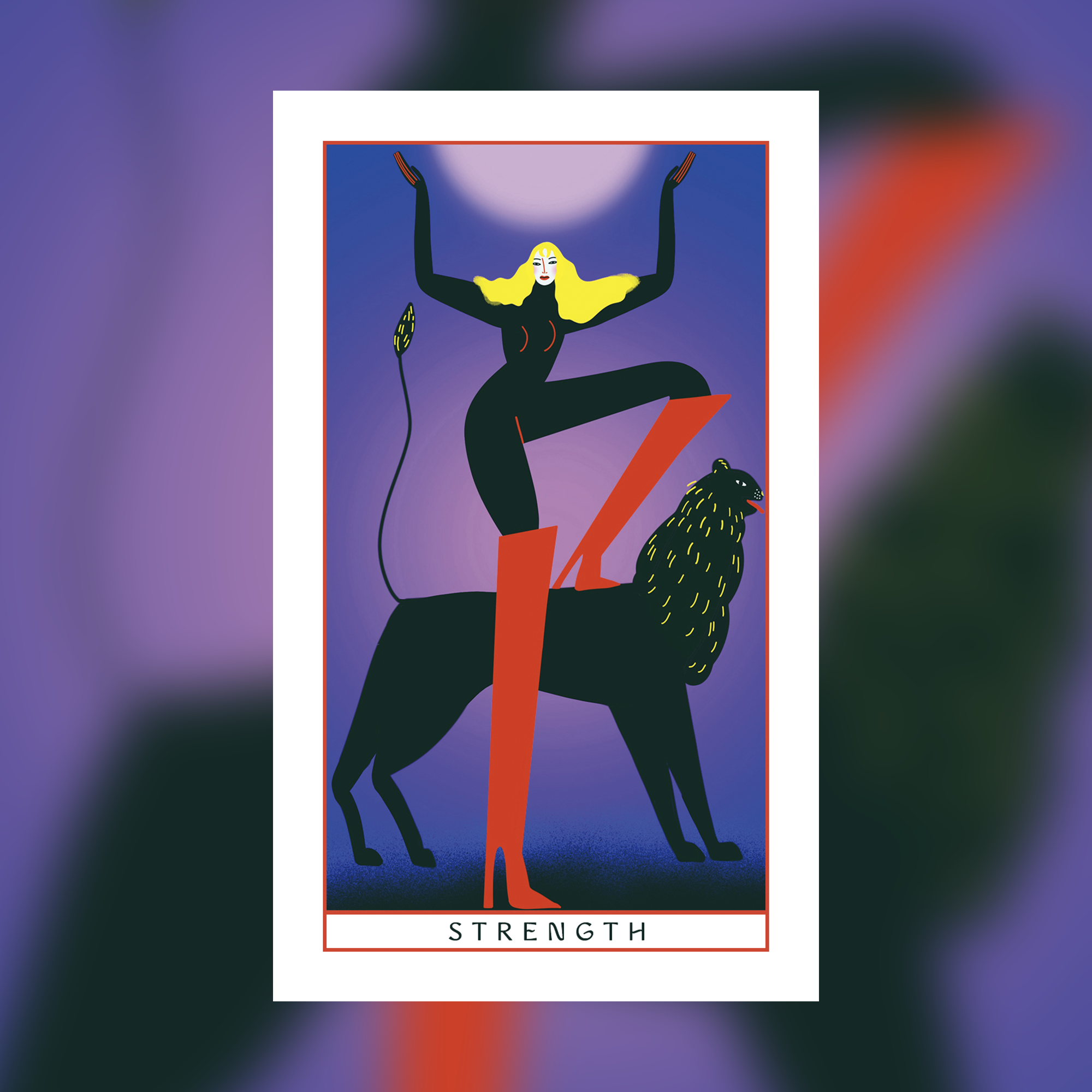
Minor Arcana Cards
Comprising 56 cards, the Minor Arcana explores everyday life aspects. With four suits (Cups, Swords, Wands, and Pentacles), they delve into emotions, thoughts, passion, and material matters. Each suit encompasses 14 numbered cards (Ace to 10) and four court cards (Page, Knight, Queen, King).
Selecting a Tarot Deck
Although there are many amazing decks out there, we recommend the modern and bold take on tarot by Olivia M Healy (https://www.oliviamhealy.com/OMNI-TAROT-SHOP).
Mastering the Reading Process
Reading tarot involves several key steps:
- Deck Selection: Choose a deck that resonates with you.
- Card Meanings: Familiarise yourself with card meanings.
- Setting Intentions: Define your purpose for the reading.
- Shuffling and Drawing: Shuffle the deck, focusing on your intention, then draw cards.
- Lay Out the Cards: Arrange the cards in a spread, considering their positions.
- Interpretation: Decode the cards' meanings, considering their symbolism and context.
- Reflection: Contemplate the cards' guidance, considering their relation to your question.
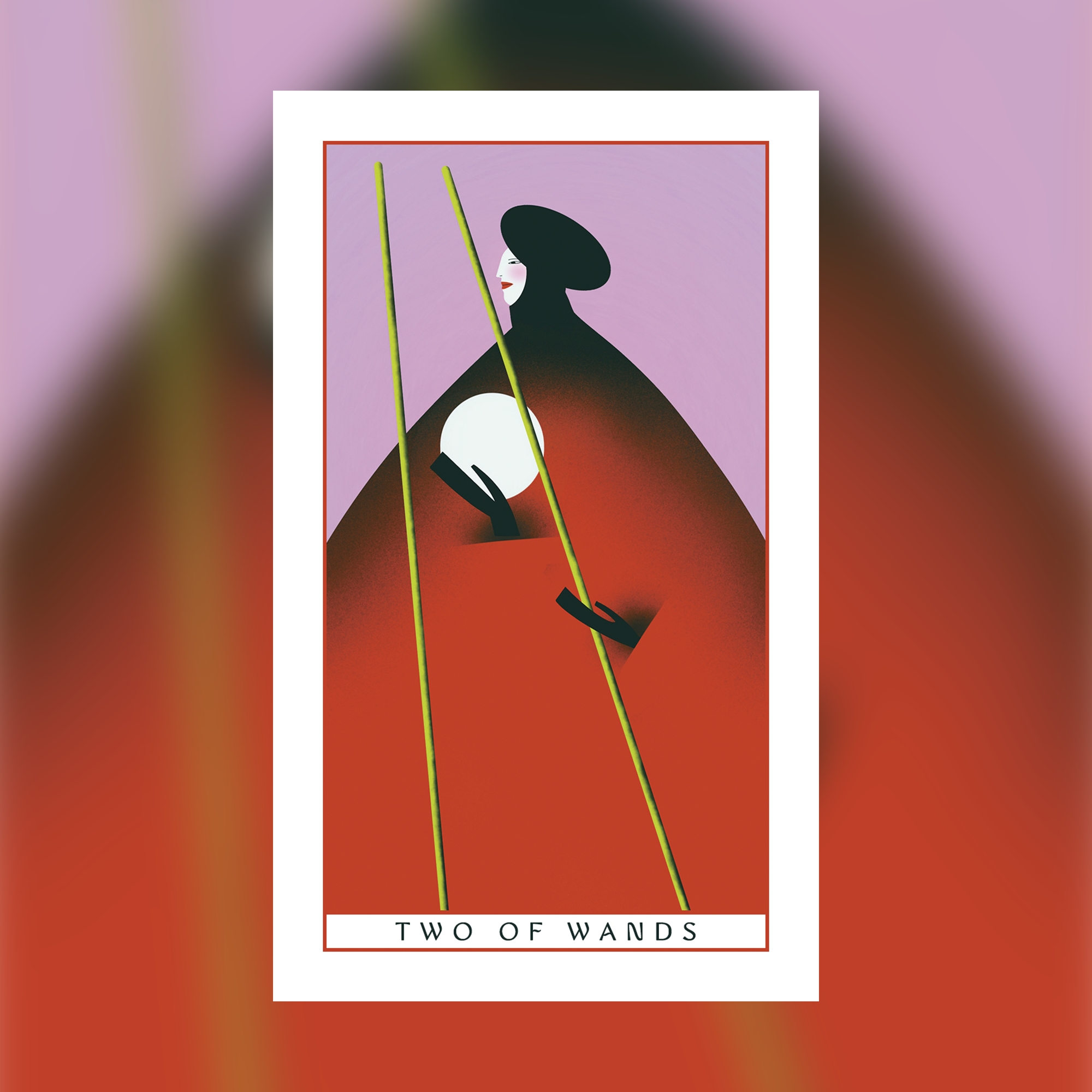
Choosing a Tarot Spread
Picking a spread involves considering its purpose, the number of cards used, and your experience level. Intuition also plays a role in selecting the appropriate spread for a given situation. The two most basic spreads recommended to all beginners are the Celtic Cross, and the three card pull (which could also be done as a six card pull).
Preparing for a Reading
Effective preparation includes:
- Setting Clear Intentions: Focus on a specific question or intention.
- Reflecting: Clear your mind and align with your question or intention.
- Cleansing the Deck: Remove negative energy using methods like smudging or sound.
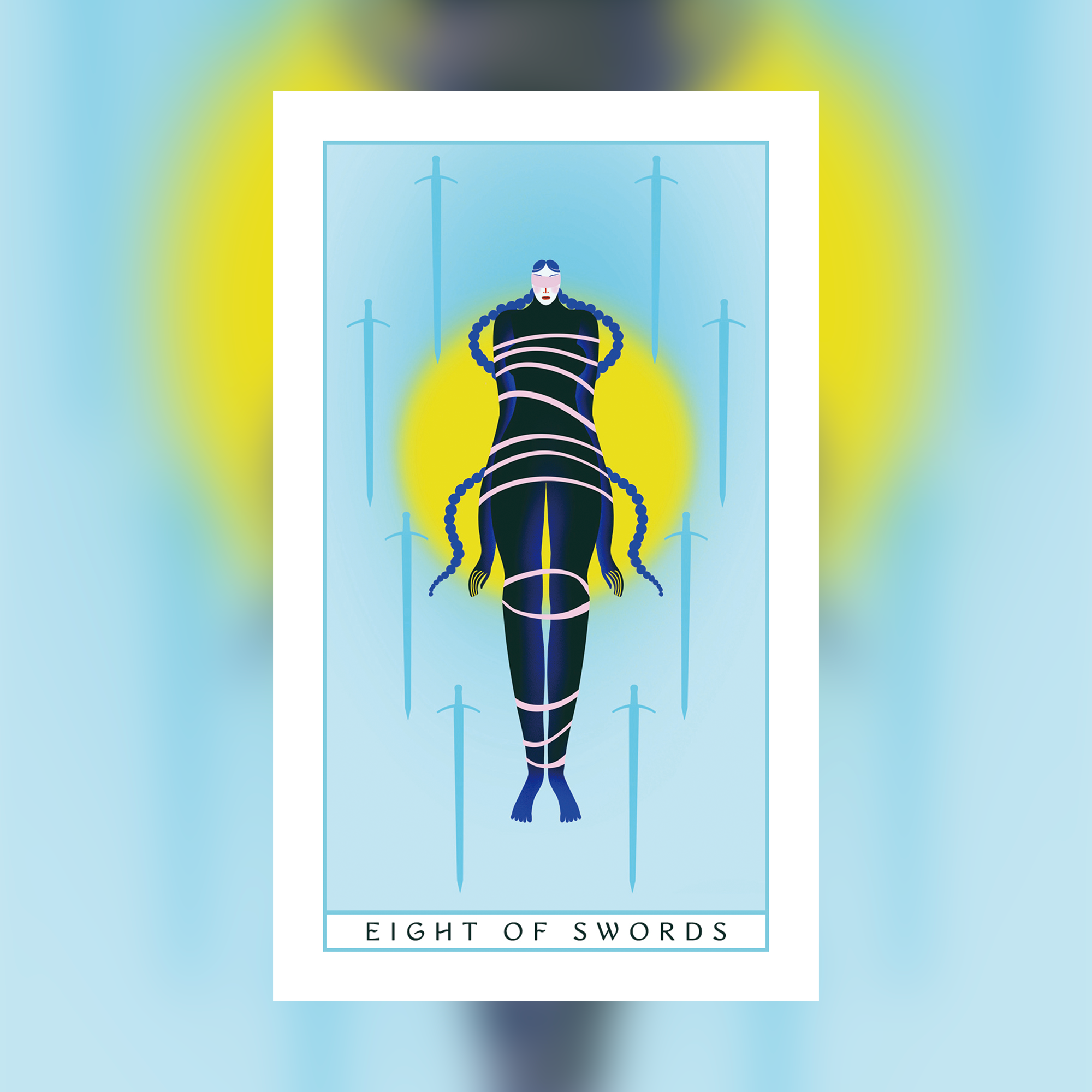
Interpreting Tarot Cards
Interpretation involves understanding card meanings, imagery, position, and context:
- Learn Card Meanings: Familiarise yourself with traditional meanings by studying the imagery.
- Consider Position: Interpret based on the card's position in the spread, and by observing the surrounding cards.
- Trust Intuition: Embrace your intuition during interpretation.
- Be Patient: Practice makes perfect, so keep trying to enhance your skills.
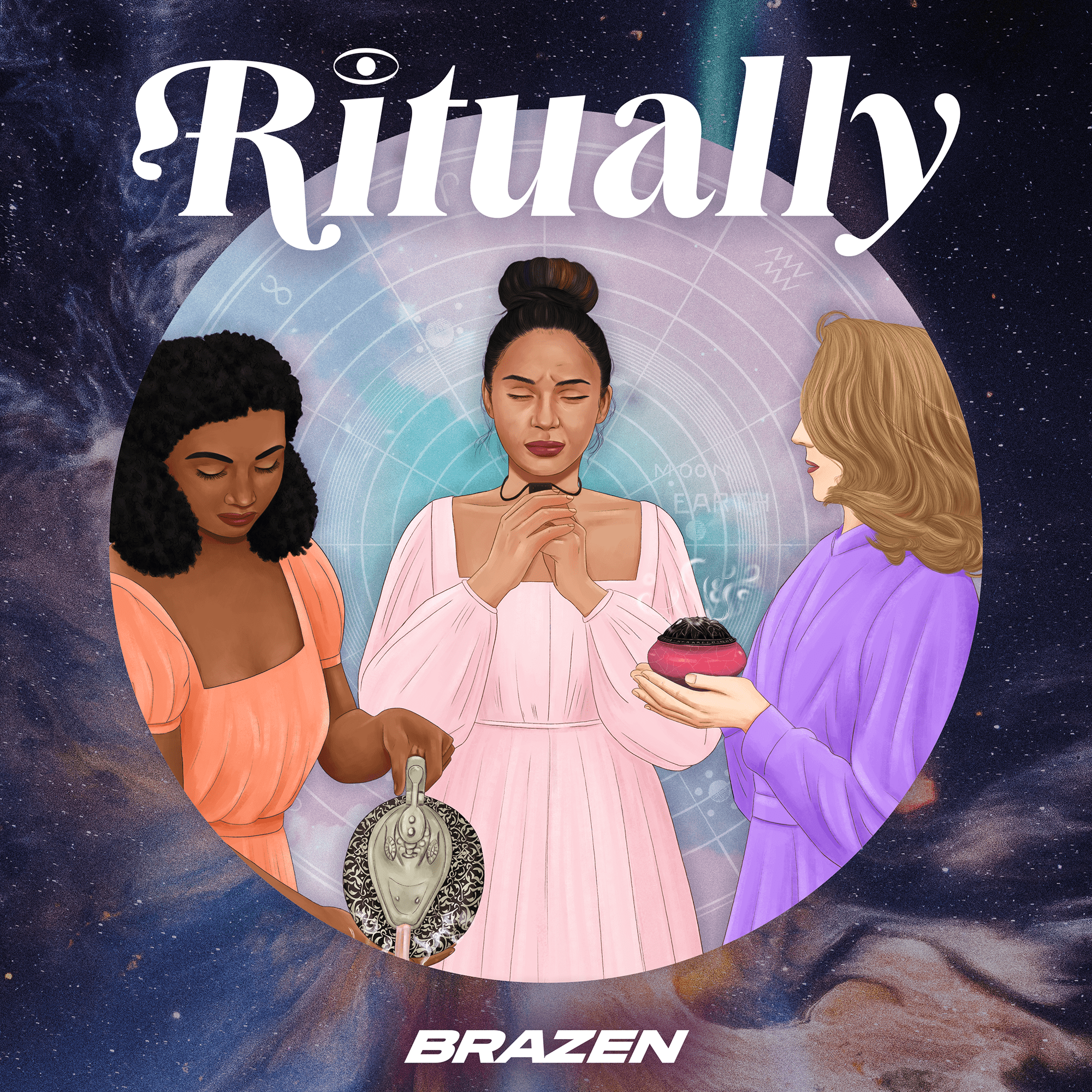
Listen to the Ritually episode featuring a tarot reading!
Nelufar is facing some big decisions in her life and turns to a tarot reading from UK-based Jen Cownie for guidance. Will this centuries-old practice help her figure out what to do? With Jen’s help, Nelufar discovers tarot is less about telling the future, and more of a choose- your-own-adventure book where she gets to pick an ending that empowers her.
Expanding Your Tarot Knowledge
Delve deeper into tarot with these recommended books:
- Seventy Eight Degrees of Wisdom by Rachel Pollack (https://www.amazon.com/Seventy-Eight-Degrees-Wisdom-Book-Tarot/dp/1578634083)
- Wild Card, by Jen Cownie and Fiona Lensvelt (https://www.litwitchure.com/)
- Tarot and Divination Cards: A Visual Archive by Laetitia Barbier (https://www.morbidanatomy.org/books/2d60hukqya5ejy6oydsq7i7d1c1k7l)
- Tarot for Your Self by Mary K. Greer (https://www.amazon.com/Tarot-Your-Self-Workbook-Anniversary/dp/1578636795)
- The Big Book of Tarot Meanings: The Beginner's Guide to Reading the Cards by Sam Magdaleno (https://www.amazon.com/Big-Book-Tarot-Meanings-Beginners/dp/0760373051)
- The Tarot Bible: The Definitive Guide to the Cards and Spreads by Sarah Bartlett (https://www.amazon.com/Tarot-Bible-Definitive-Spreads-Spirit/dp/1402738382)
Credits due to Culture.org (https://culture.org/)
Images: from Olivia Healey's Omni Tarot Deck
Feel like getting in touch? Email us at: ritually@projectbrazen.com
Subscribe to our email newsletter and unlock access to members-only content and exclusive updates.
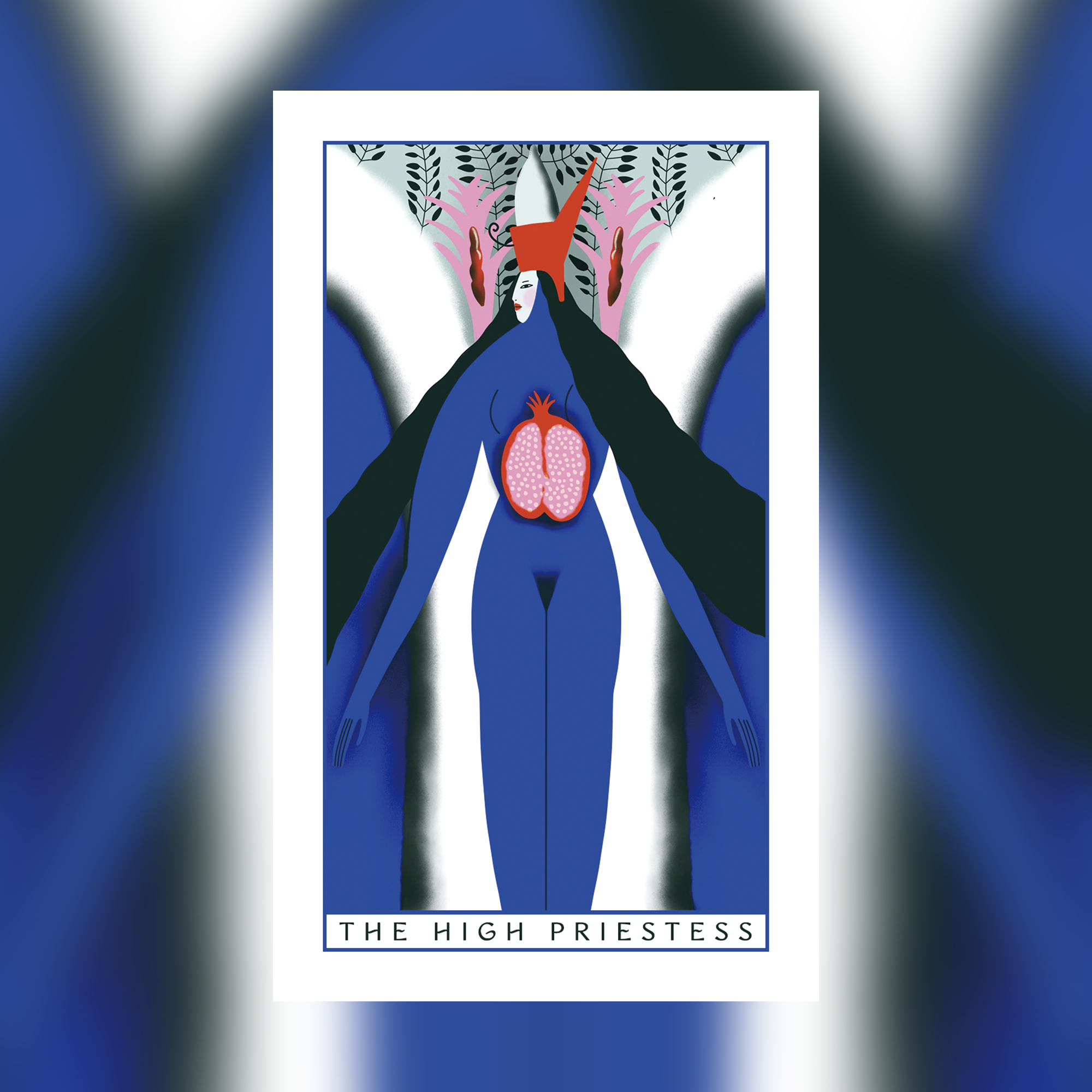
Comments